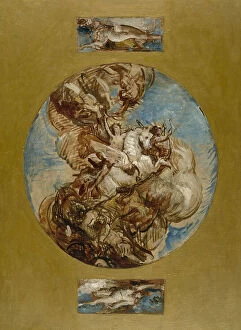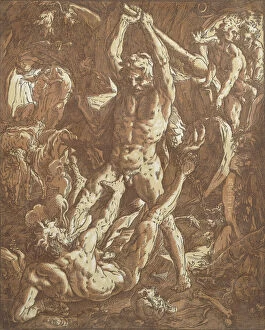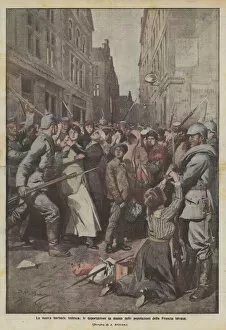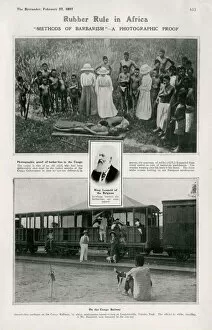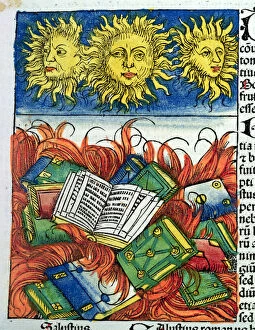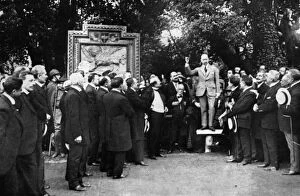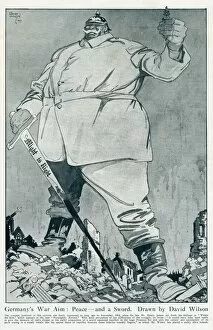Barbarism Collection
Throughout history, the concept has been a complex and evolving one, often used to describe the actions of those perceived as uncivilized or brutal
For sale as Licensed Images
Choose your image, Select your licence and Download the media
Throughout history, the concept has been a complex and evolving one, often used to describe the actions of those perceived as uncivilized or brutal. From Hercules' slaying of Cacus in ancient mythology, depicted in a woodcut, to the new German barbarism of mass deportations during the invasion of France, illustrated in a color lithograph, the atrocities carried out in the name of power and control have left indelible marks on human history. The Rubber Rule in Africa, with its methods of barbarism, is a stark reminder of the brutal realities of colonialism. The Siege de la Colonne de Pompee, or Science in the Pillory, published in the Nuremberg Chronicle, highlights the suppression of knowledge and intellectual freedom during the Middle Ages. In contrast, a missionary declares truth against fiction to the oppressed blacks, proclaiming that 'God Hath made of One Blood all Nations for to dwell on all the Face of the Earth.' Yet, the horrors of war continue to be a reminder of the destructive capabilities of humanity, as seen in the annihilation of the Louvain library during World War 1 and Germany's war aim of 'Peace & a Sword.' The cycle and civilization continues to repeat itself, challenging us to reflect on the complexities of human nature and the importance of upholding the values of compassion, empathy, and understanding.

